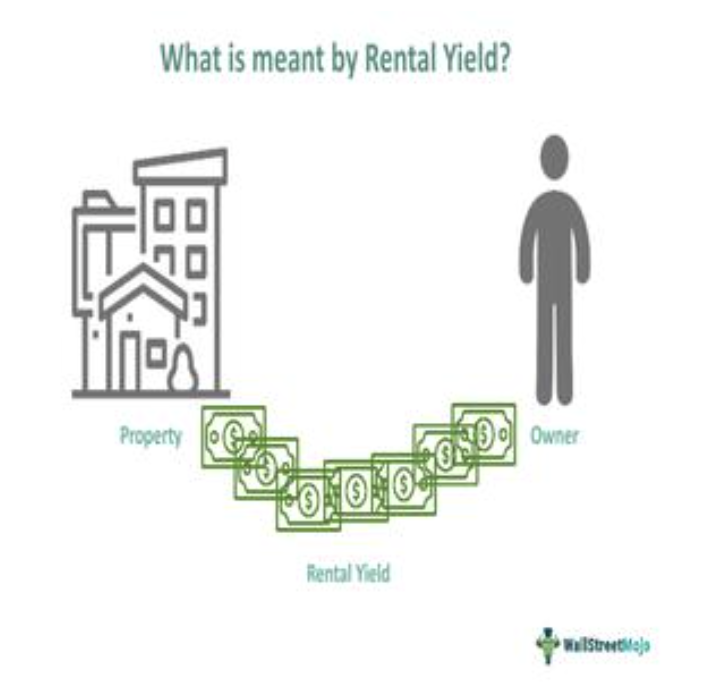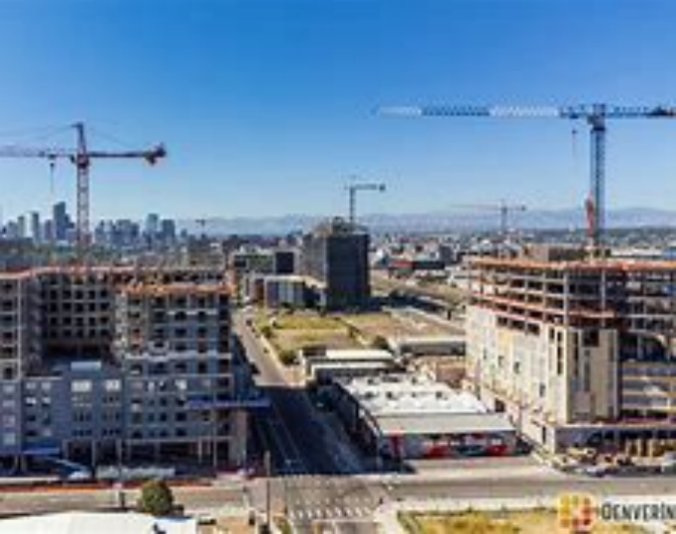Liquidity Divide: The "Invisible" Resale Premium
Wealthy investors frequently disregard liquidity as a factor in generating profits. New upscale condominiums often require significant investment during their 2-3 year construction phases and impose penalties for selling before completion. However, properties in well-established affluent neighborhoods typically sell in a matter of months, which is vital for high-net-worth individuals who require swift adjustments to their portfolios.
Hidden Costs: The "Luxury Tax" Dilemma of New Developments
Recent constructions impose high fees for "exclusive features" such as private fitness centers and concierge services, which lose value relatively quickly. Pre-owned homes, however, avoid these extra charges while maintaining recognized advantages: established landscaping, historical design, or closeness to top-tier educational institutions. These concrete amenities are attractive to long-term renters or purchasers.

For wealthy property investors, this "luxury tax" diminishes profits more rapidly than anticipated. Newly constructed properties usually incorporate these amenities into the initial price, but private gyms become outdated with evolving fitness trends, and concierge services can eat into homeowners' association dues without enhancing their resale prices. In contrast, older homes in established neighborhoods offer enduring benefits—such as walkable access to esteemed schools or mature oak trees—that new constructions cannot replicate for a long time. The value associated with new properties diminishes quickly, while the established advantages of second-hand housing sustain demand through various market fluctuations.
Rental Yield: The Steady Benefit of Pre-Owned Homes
Tenants who consume heavily prefer readiness for immediate occupancy over mere "newness." Furnished second-hand homes located in desirable areas can command rents 15-20% higher than newly built, unfinished properties. For investors, this upfront cash flow balances out renovation expenses and decreases dependency on property appreciation exclusively.

This advantage in yield represents a significant opportunity for high-net-worth investors concentrating on passive income. For instance, a renovated condo in a fashionable city locale can draw corporate tenants prepared to pay a premium for fully-equipped living—eliminating the wait for new construction completions or amenity introductions. Even modest renovation costs, such as kitchen updates or the installation of smart home technologies, can be recouped within 1-2 years through increased rents. Unlike new properties that rely on long-term appreciation for returns, second-hand homes convert rental income into a steady source of wealth, aligning with portfolio objectives that focus on "stability plus growth."
Developer Risk: The Hidden Gamble of New Constructions
Luxury developers are not immune to potential setbacks such as supply chain interruptions or design issues. A postponed delivery for a penthouse unit can disrupt investment schedules, whereas second-hand homes allow investors to evaluate every aspect beforehand. For cautious affluent buyers, this clarity removes the risk of unexpected expenses.

Affluent investors often seek opportunities for personalization. Second-hand properties enable high-end modifications, like the addition of wine cellars or advanced smart home systems, that can enhance value beyond the cost of upgrades. New constructions, on the other hand, impose limitations on alterations, hindering the ability to customize properties to meet the specific preferences of elite buyers.
Market Timing: The Cyclical Vulnerability of New Constructions
The period of high demand for new constructions often aligns with market overheating, leading to an excess of supply. In contrast, second-hand homes exhibit more consistent pricing trends in sought-after locations. Knowledgeable investors leverage second-hand properties to navigate downturns and engage with new constructions solely in luxury markets with limited supply.


